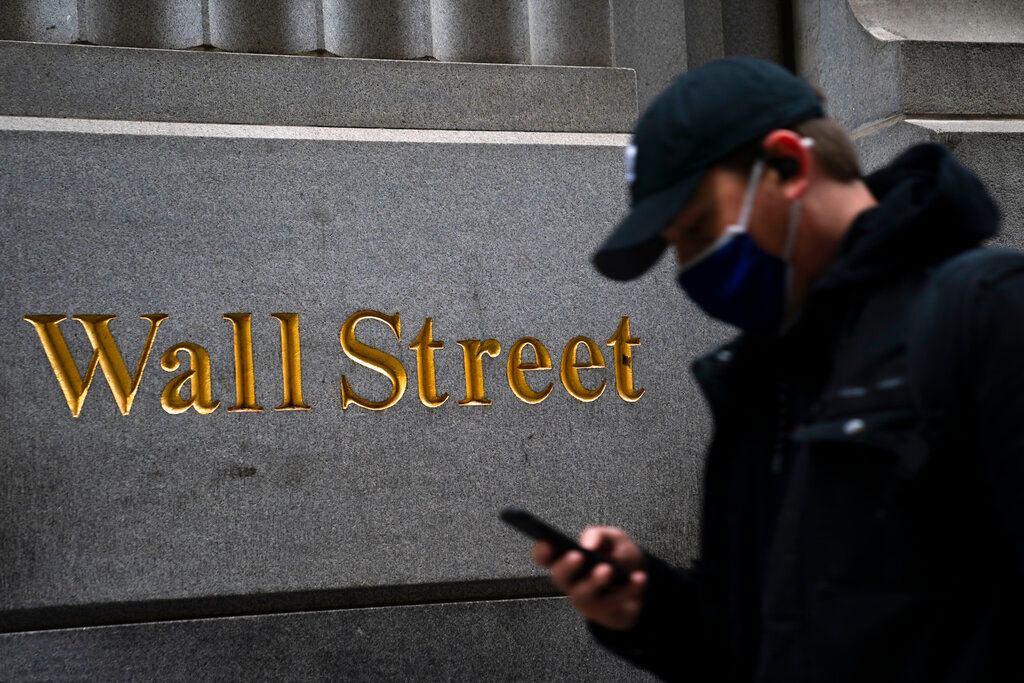Wall Street stocks recovered from a sluggish start and finished widely higher on Friday, though the gain was insufficient to reverse the week’s losses.
Also Read| US Stock Market: DJIA, S&P500 and Nasdaq turns red in early trade on Friday
The S&P 500 increased 1.1% after falling 0.9% in the first half. The rise ended the benchmark index’s four-day losing streak, but it still produced its fourth losing week in the previous five.
The Dow Jones jumped 1%, while the Nasdaq gained 0.9% after a sell-off in technology sectors calmed.
Also Read| US Premarket: Meta, FedEx, Kohl’s and other stocks making biggest moves
The bumpiest trade came only a day after the S&P 500 finished its worst quarter since the pandemic began in early 2020. Its performance in the first six months of 2022 was the lowest since the same period in 1970.
Also Read| New labour codes: All you need to know
The S&P 500 has been in a bear market since last month, meaning an extended decline of 20% or more from its most recent peak. It’s now down 20.2% from the peak it set at the beginning of this year.
Also Read| Russia approves tax exemptions for issuers of digital assets, cryptocurrency
Bond yields fell significantly. The yield on the 10-year Treasury, which helps set mortgage rates, fell to 2.89% from 2.97% Thursday. The yield on the 2-year Treasury slipped to 2.83% from 2.92%.
Also Read| Poor nation’s pricey mess: Why Zimbabwe hiked interest rate by 200%
The market’s deep slump this year reflects investors’ anxiety over surging inflation and the possibility that higher interest rates could bring on a recession.
The S&P 500 rose 39.95 to 3,825.33. Roughly 85% of the stocks in the index finished higher.
Also Read| Inflation, gun violence sinks Biden’s approval rating to record low: Report
The Dow gained 321.83 points to 31,097.26, while the Nasdaq rose 99.11 points to 11,127.85. The Russell 2000 index of smaller companies rose 19.77 points, or 1.2%, to 1,727.76.
The market’s latest gyrations precede a long holiday weekend. Financial markets in the U.S. will be closed on Monday for Independence Day.
Also Read| Impact of US Feds’ biggest rate hike since 1994 on India
Wall Street remains concerned about the risk of a recession as economic growth slows and the Federal Reserve aggressively hikes interest rates. The Fed is raising rates to purposefully slow economic growth to help cool inflation, but could potentially go too far and bring on a recession.
Also Read| Wall Street enters bear market: What does it mean for investors
Kohl’s dove 19.6% after the department store’s potential sales fell apart amid the shaky retail environment as consumers lose confidence and cut spending. Kohl’s had entered exclusive talks with Franchise Group, the owner of Vitamin Shop and other retail outlets, for a deal that was potentially worth about $8 billion.
Also Read| Why US inflation is going up and when will it come down
Other retailers, restaurant chains and companies that rely on direct consumer spending helped lead the market rally. Amazon rose 3.2%, Home Depot gained 1.8% and Starbucks rose 3.8%.
Banks and health care stocks also notched gains. Wells Fargo rose 1.9% and Johnson & Johnson closed 1.1% higher.
Also Read| Explained: Impact of MPC meeting on stock market
Technology stocks largely bounced back from their broad morning slump, though many still closed lower. Chipmaker Micron slid 3% after giving investors a disappointing profit forecast amid concerns about falling demand. That weighed heavily on other chipmakers. Nvidia fell 4.2% and Qualcomm lost 3.3%.







